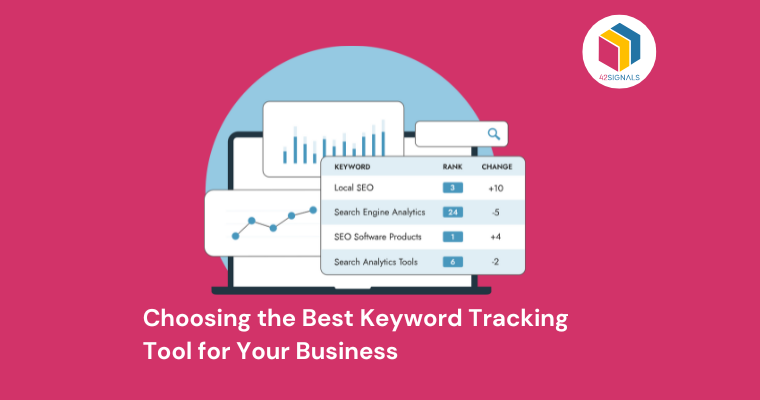Super Bowl 50, held in 2016 at Levi’s Stadium in Santa Clara, California, was much more than just a championship football game. It served as a battleground for innovative marketing campaigns, where brands vied for attention during breaks in the action.
Let’s delve into the standout marketing moments from Super Bowl 50 and the valuable lessons they offer to brands aiming to make an impact in the advertising arena.
Doritos: A Spicy Twist on Ultrasounds
Picture this: an ultrasound unveils a fetus reaching for Doritos. Sounds crazy, right? That’s precisely what unfolded, and it was marketing brilliance. Witty, unforeseen, and instantly shareable, it underscores how humor and cultural references can form a winning combination.
Budweiser: Simply Put
Instead of the usual glitz and glamour, they tackled a serious issue: drunk driving. Hellen Mirren delivered a powerful message, condemning drunk drivers in her signature no-nonsense style. It was a stark reminder that there’s nothing glamorous about endangering lives on the road. It showed us that even in a sea of flashy ads, authenticity and social responsibility can make a lasting impact.
Hyundai: Navigating First Date Jitters (with a New Ride)
This ad wasn’t about horsepower or sleek designs; it was about the emotional bond people share with their cars. We witnessed a nervous father employing his new Hyundai to aid his daughter on her first date. It was heartening, relatable, and demonstrated how brands can be integral to life’s significant moments, regardless of scale.
Snickers: Marilyn Monroe Gets Hangry
Who’d have thought Marilyn Monroe was a Snickers aficionado? This ad played on the timeless “you’re not you when you’re hungry” motif with a celebrity twist, reminding us that even icons succumb to hunger-induced grumpiness. It’s a quintessential example of how humor and relatability can be enduring marketing tools.
Colgate: Every Drop Counts
Heroes don’t always wear capes. Colgate seized the Super Bowl platform to shed light on the global water crisis and their endeavors to ensure clean water access. This purpose-driven message struck a chord with socially conscious consumers, demonstrating that brands can effect positive change while thriving commercially.
Pepsi’s Halftime Spectacle: More Than Just an Ad

Image Source: Wikipedia
It transcended mere advertisement; it was an immersive experience. Pepsi’s halftime extravaganza with Coldplay, Beyoncé, and Bruno Mars was a high-octane spectacle that captivated millions worldwide. It underscores that sometimes, crafting an unforgettable moment can yield the ultimate marketing triumph.
So, what insights can we glean from these Super Bowl 50 marketing champions?
- Storytelling reigns supreme: Abandon the corporate jargon and captivate with narratives that evoke laughter, tears, or contemplation.
- Understand your audience: Speak their language and tailor your message to their interests and values.
- Think beyond traditional channels: Social media, data analytics, and other digital tools are your secret weapons. Utilize data to comprehend your customers’ purchasing behaviors and preferences, and tailor your marketing communications accordingly.
- Embrace purpose: Aligning your brand with social causes can resonate with conscientious consumers and drive positive impact.
During Super Bowl 50, brands pulled out all the stops to grab attention and leave a mark. They used everything from humor to social causes to famous faces. These ads taught us a lot about how to tell stories, be authentic, and stay relevant, showing that engaging your audience in meaningful ways is key.





